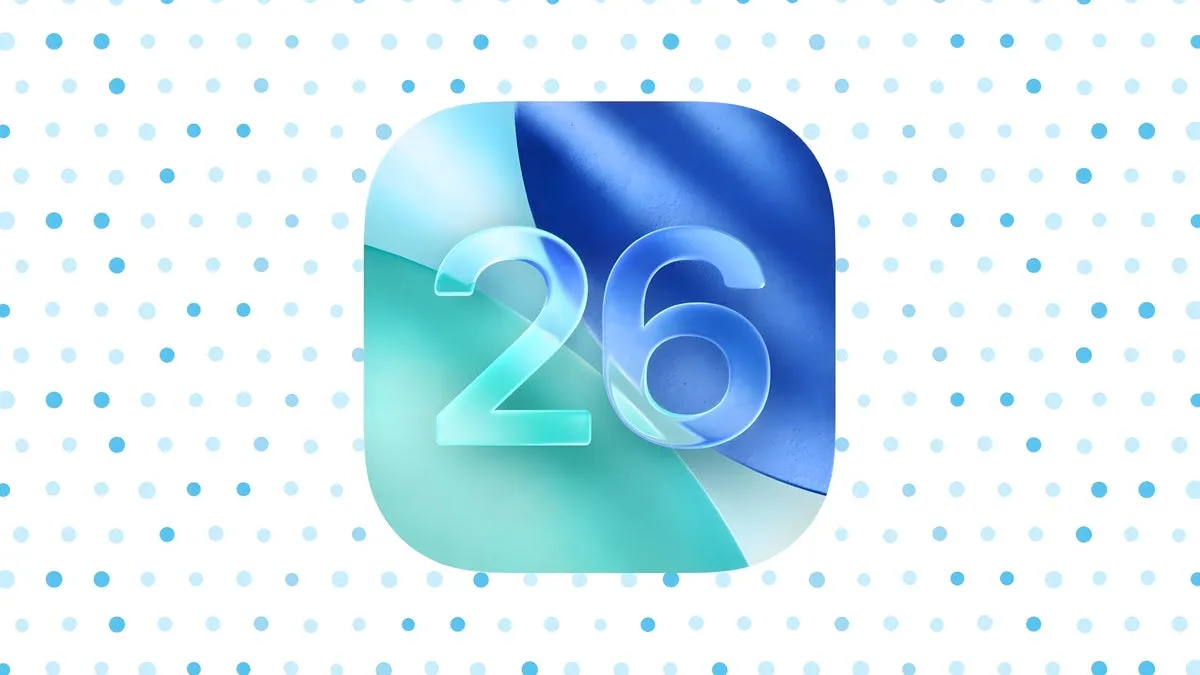
Apple's new Liquid Glass interface design has had a tumultuous journey since its unveiling at WWDC. A month has passed since the initial launch of this innovative interface, and it has been introduced across Apple's devices in various Developer Beta releases. During this time, Apple has made significant adjustments with each new beta, particularly with the release of Developer Beta 3, which presents a markedly different experience compared to its predecessors.
Initially, I was skeptical about the Liquid Glass design. My discomfort stemmed not from the aesthetics themselves but from the abrupt nature of the redesign. Transitioning from the older iOS design language to this new style felt jarring. Fortunately, Developer Beta 3 has made substantial improvements, addressing many of the initial concerns associated with the Liquid Glass design.
One of the most notable changes in Developer Beta 3 is the reduction of the overwhelming transparency effect present in most apps. This adjustment not only enhances compatibility with the older design language but also resolves several accessibility issues that plagued earlier versions. The more subtle Liquid Glass effect creates a less cluttered background, making the interface feel more cohesive and user-friendly.
The most significant alteration in Developer Beta 3 is the increased opacity of navigation bars in stock apps. The transparency effect on app and folder icons has also been toned down, resulting in a more refined and legible interface. This improvement fosters a smoother transition to the new design language, making it easier for users to adapt to the changes.
From my perspective, the updated frosted glass effect aligns more closely with the familiar iOS aesthetic compared to the previous translucent glass, which felt overbearing. For example, the Music app now showcases a more opaque navigation bar, enhancing usability and overall visual appeal. This change has greatly improved the user experience, moving away from the distracting transparency that was present before.
In addition to improvements in the Music app, Safari has also received significant updates regarding its appearance and menu layout. However, not all feedback has been positive; some users criticize Developer Beta 3 as a retreat from the bold new identity of iOS. Yet, I believe that the adjustments to Liquid Glass were necessary for a more balanced user experience.
Despite the overall enhancements, I still find the new Control Center a bit disconnected from the rest of the interface, indicating that further optimization is needed in this area.
As someone who has transitioned back to Android, I still keep an iPhone 13 Pro Max on my desk for testing purposes. Although it's a capable device, it shows signs of aging compared to newer models. I have experienced varying performance levels with the iOS 26 Developer Betas, with the initial beta being particularly problematic. Fortunately, Developer Beta 3 has shown marked improvement in performance, but there is still room for optimization.
Battery life remains a concern; while I don't have specific metrics, I estimate that my screen-on time has decreased by one to two hours during this beta phase. I hope that Apple can restore battery performance to the levels seen in previous iOS versions.
One of my favorite features in iOS 26 is the introduction of Visual Intelligence. This feature allows users to take screenshots and access a variety of options, including uploading the screenshot to ChatGPT for context or performing an image search on Google. While it may not be as seamless as Android's Circle to Search, it's a significant step towards enhancing usability on iOS.
As with any beta software, iOS 26 is not without its share of bugs. While earlier betas had more serious issues, the current iteration has primarily visual-related glitches. For example, videos continue to play in the background when navigating through the camera roll, and the Settings app may crash if you switch wallpapers too quickly. These bugs have been reported in the Feedback app, and Apple should prioritize addressing them before the official release.
In summary, iOS 26 Developer Beta 3 represents a positive evolution in Apple's Liquid Glass interface. It effectively addresses many concerns from earlier iterations and enhances the overall user experience. However, performance optimization and battery life still require attention. For those considering the beta, I advise against using it as a daily driver unless you have a backup plan. If you're eager to explore the Liquid Glass interface, consider installing iOS 26 on a secondary device to fully appreciate the changes without compromising your primary phone's functionality.
For users looking to secure their online presence, now is a great time to check out Surfshark VPN, which is currently offering more than 50% off alongside three extra months for free!